Japan has an incredibly diverse landscape. From its breathtaking mountain ranges to its wonderful coastlines, Japan boasts many environments that each accommodate a vast range of wildlife.
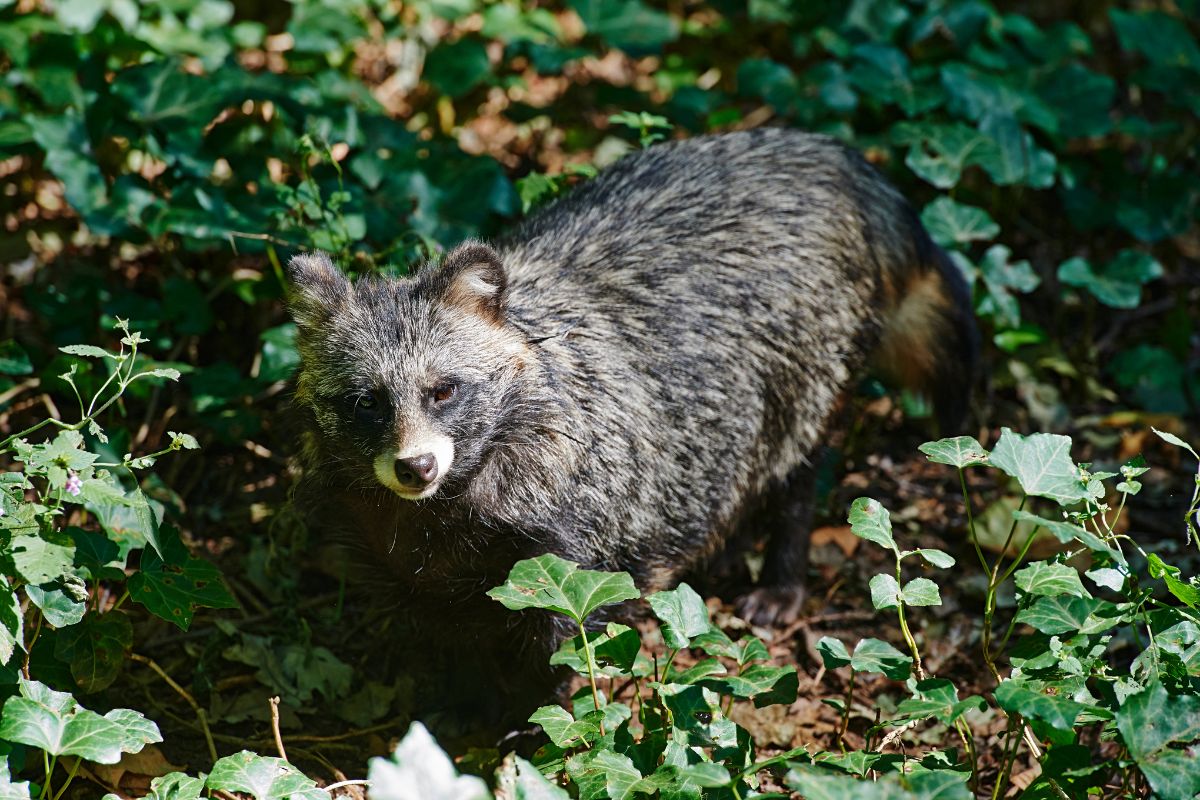
To learn more about the native and wild animals that live in Japan, take a look at the list below. Whether you’re a keen bird watcher or you’re fascinated by underwater ecosystems, we’ve got you covered.
1. Ryukyu Flying Fox
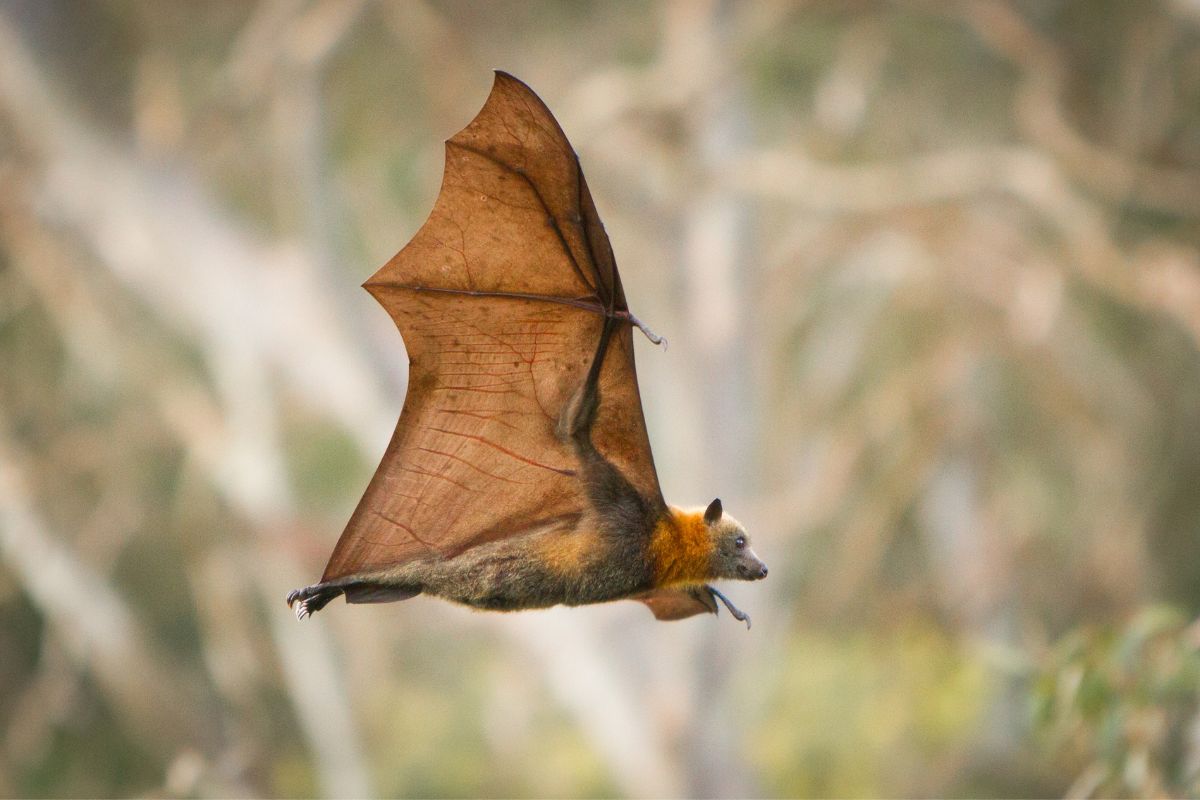
This flying fox is a mammal that has a size of around 1.2 to 1.4 meters. Specifically, it is classified as a type of megabat that tends to live in swamp areas and forests. These megabats are nocturnal and very solitary.
As such, they can be quite tricky to spot. If you want to see a flying fox in Japan, we recommend that you pay for a wildlife guide.
They are most frequently spotted on the Tokara Islands, Miyako Islands, and Okinawa Islands.
2. Japanese Macaque
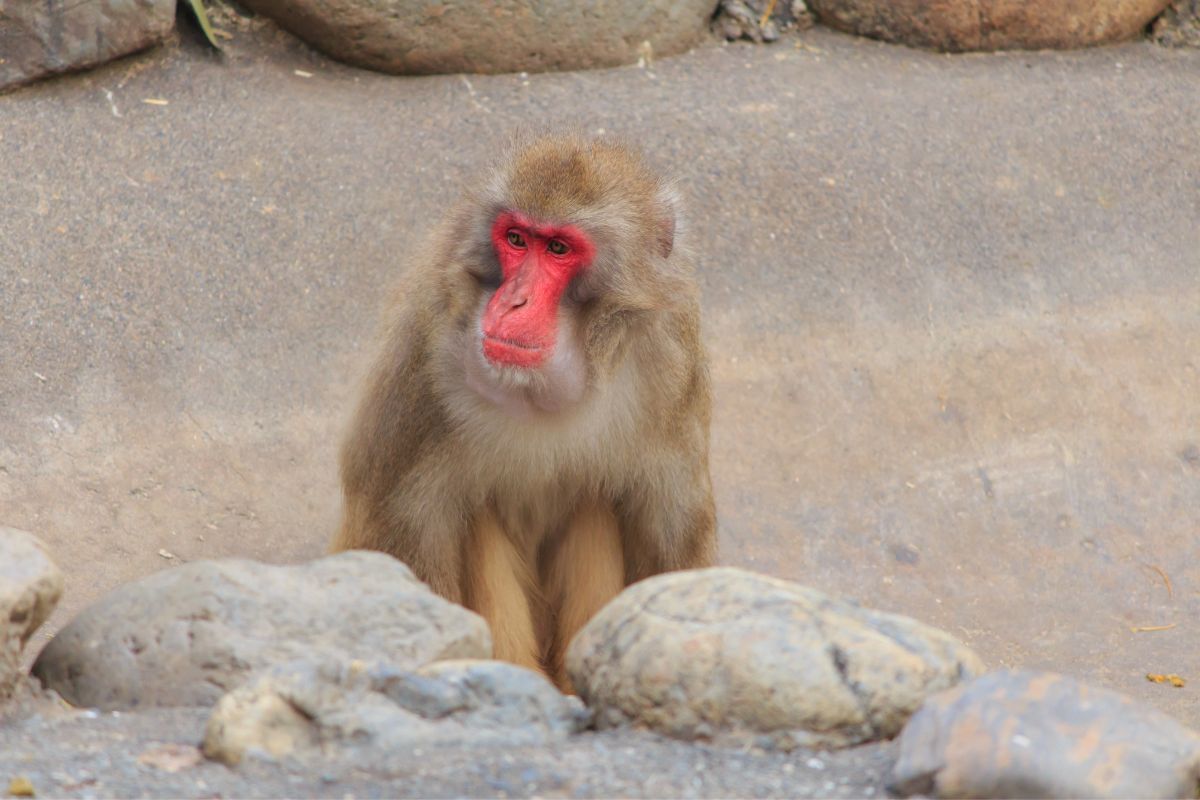
It’s likely that you recognize this species. The Japanese macaque, more commonly known as the snow monkey, is a particularly distinctive, endemic animal.
They have pink faces, and thick coats, and are usually very sociable creatures.
They are very common in Japan, and can usually be spotted in the right places. They primarily live on the Honshu, Kyushu, and Shikoku Islands.
Whilst you can sometimes see these monkeys near Tokyo, we recommend traveling to the Jigokudani Monkey Park.
3. Goblin Sharks
If you’re not a fan of sharks or scary-looking sea life, we recommend skipping this section. The goblin shark has one of the most interesting appearances.
It is a very rare species that is understood to be the last remaining shark of the Mitsukurinidae family.
It is thought that the goblin shark has remained essentially unchanged for over 100 million years.
Unfortunately, it is unlikely that you’ll be able to spot one of these ‘living fossils’, because they are solitary animals that thrive at extreme depths.
4. Tanuki
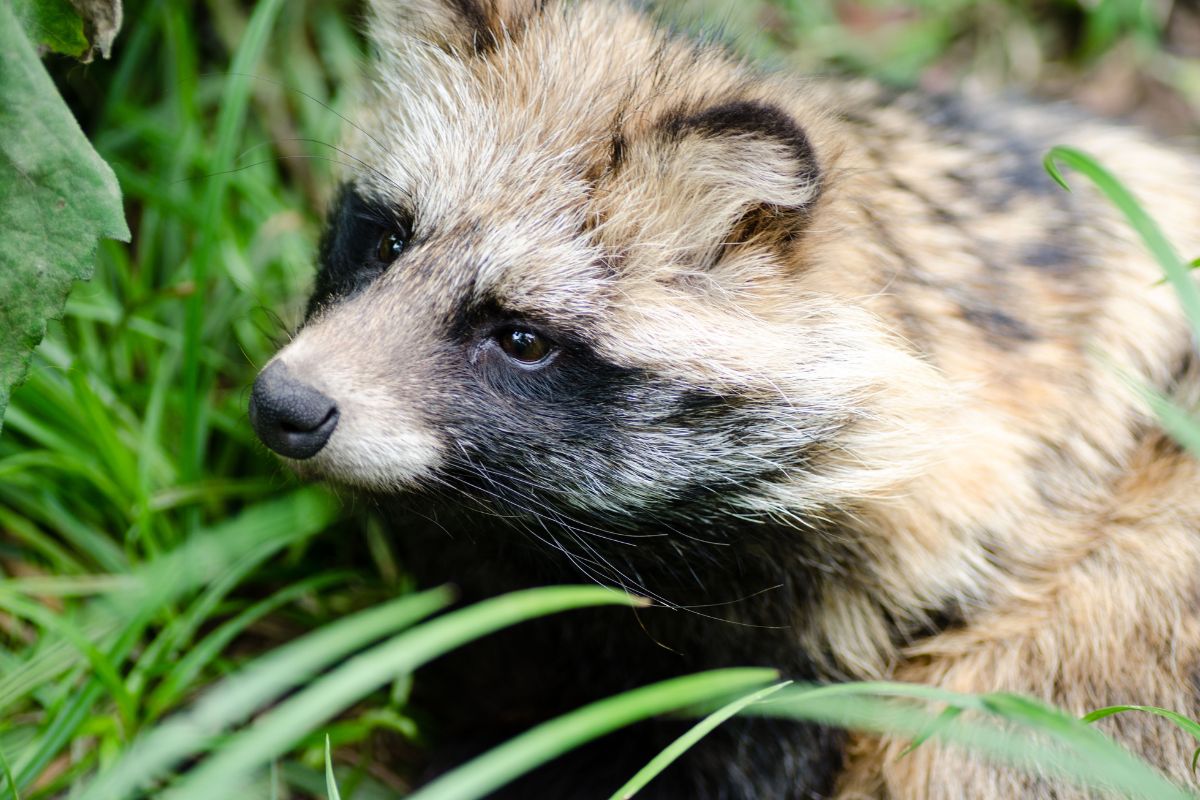
This species is often described as a ‘raccoon dog’ (see also ‘11 Top Dog Breeds From Japan‘), thanks to its appearance. However, it isn’t closely related to the raccoon.
The tanuki is heavily featured in Japanese folklore, usually depicted as friendly but mischievous shapeshifters.
If you visit Japan, you will likely see a number of tanuki statues. If you want to spot a real tanuki in the wild, you’re in luck!
They are often found in the Koenji district of Tokyo, and in Hiroshima Prefecture.
5. Giant Salamander
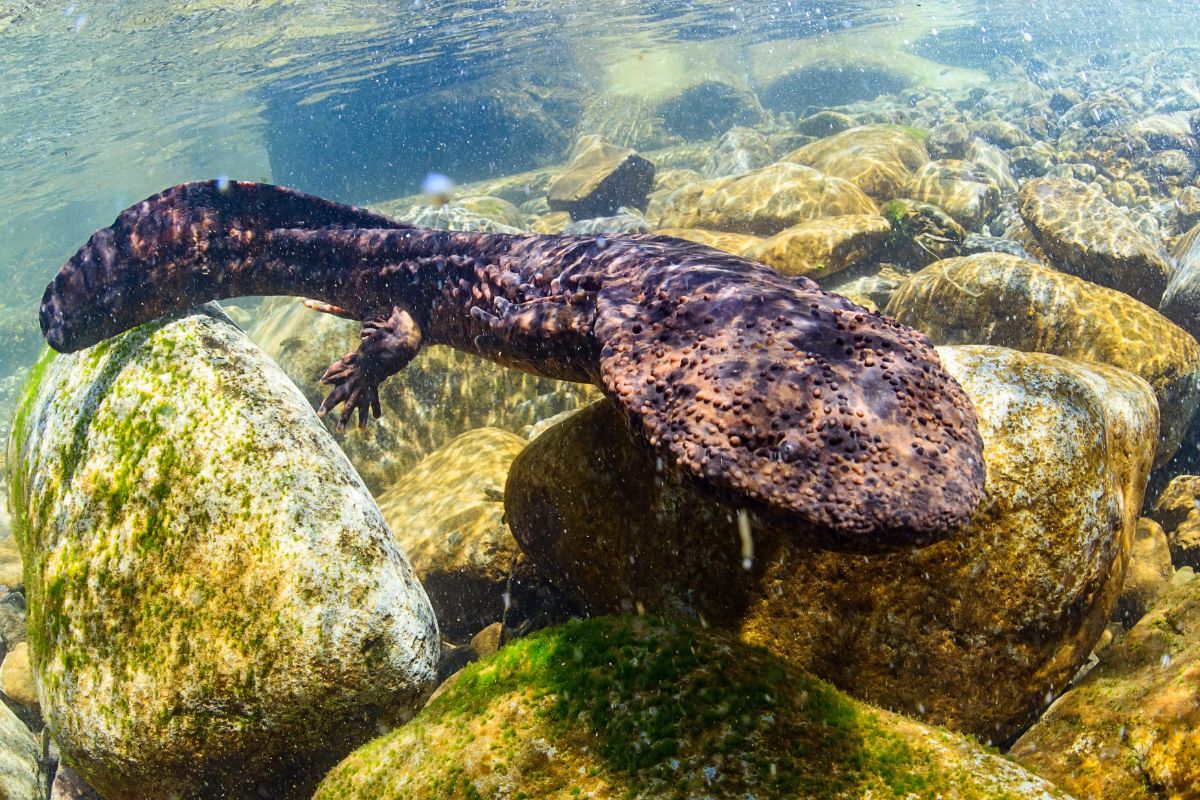
The giant salamander is often described as a living dinosaur, and it’s not hard to see why! They are up to 5 feet in length and have a particularly pre-historic appearance.
It is known in Japan as Ōsanshōuo, meaning ‘giant pepper fish’.
This species is mostly nocturnal and lives in cool, clear water streams. If you want to see a giant salamander, you will likely need a wildlife guide.
We recommend that you consider one of the special tours that run in Nichinan, Tottori.
6. Giant Spider Crab
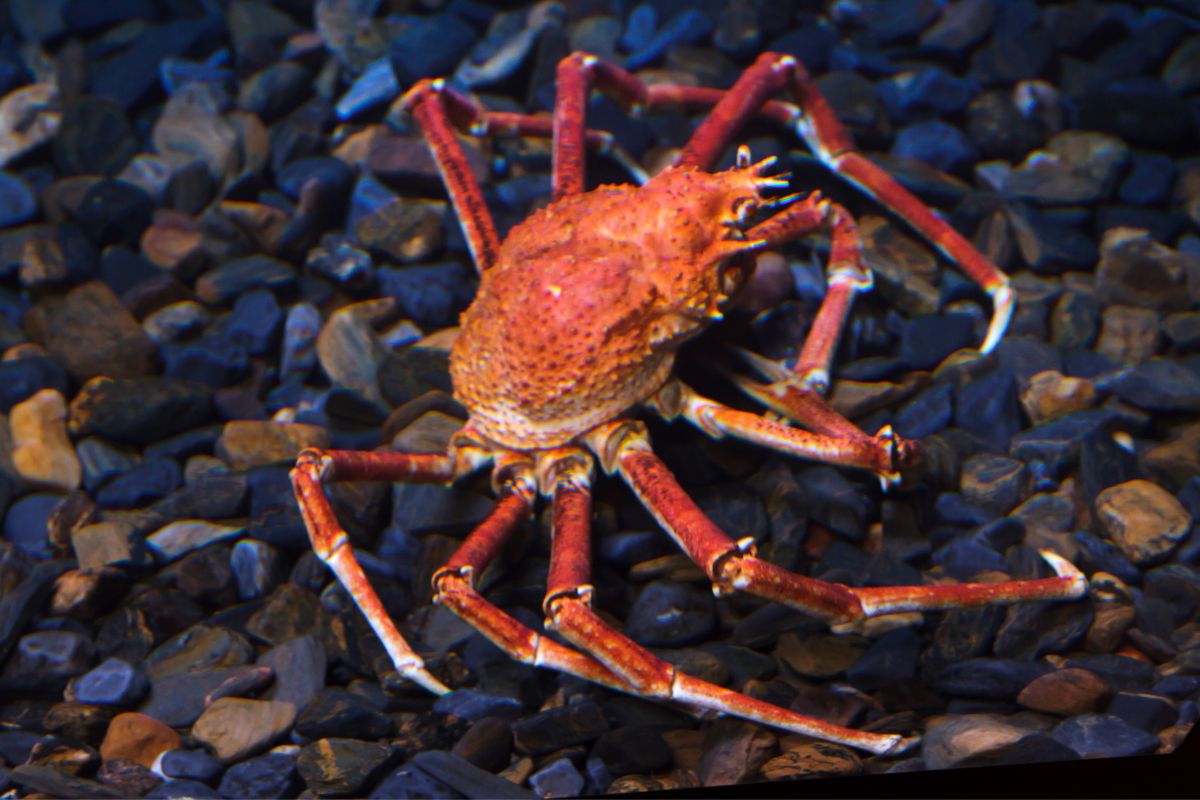
The giant spider crab is an invertebrate that grows to be around 3.7 meters. In fact, when fully grown, this strange creature can have a leg span of up to 12 feet!
However, don’t let its freaky appearance scare you, the giant spider crap is a very quiet and calm species.
Unfortunately, you’re unlikely to spot one of these creatures in the wild because they live at depths of 50 to 300 meters.
However, if you’re desperate to see a giant spider crab in person, you can do so at the aquarium in Osaka.
7. Bears
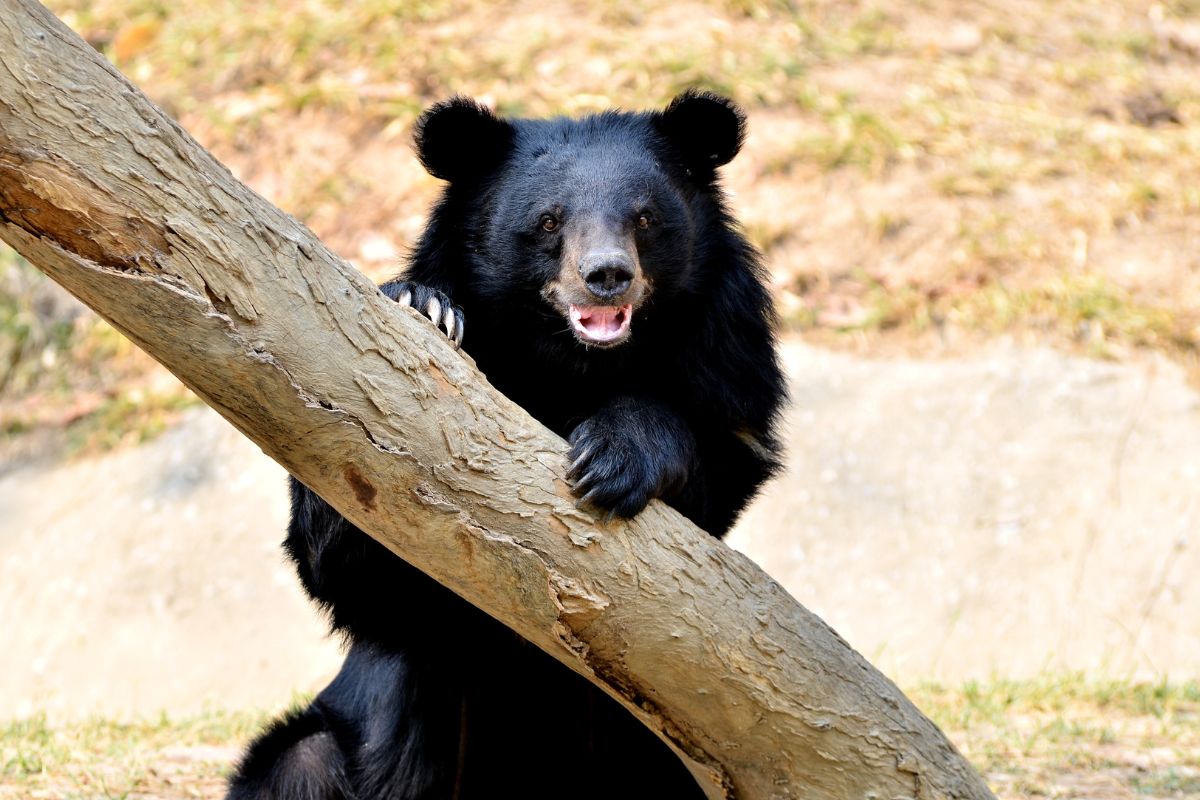
Japan is home to a range of different types of bears. In fact, they are the largest land animals in Japan.
The most common species are Asian black bears and Ussuri brown bears. The former is very common, residing in many of Japan’s mountain ranges.
The latter is less common, only being found on Hokkaido. However, if you want to spot a brown bear in the wild – you’re in luck!
You just need to take a trip to the beautiful Daisetsuzan National Park.
8. Yamaneko Wildcat
There are many species of wildcat living in Japan. However, the Yamaneko wildcat is definitely worth an honorable mention.
It is a particularly mysterious species, and is often described as the cat version of the ‘Loch Ness Monster’.
This type of wildcat is related to a subspecies of leopard, which accounts for its leopard-like appearance.
However, it is estimated that there are only 100 to 200 of these wildcats left in the wild (in Japan), so it is unlikely that you’ll be able to spot one.
9. Blakiston’s Fish Owl
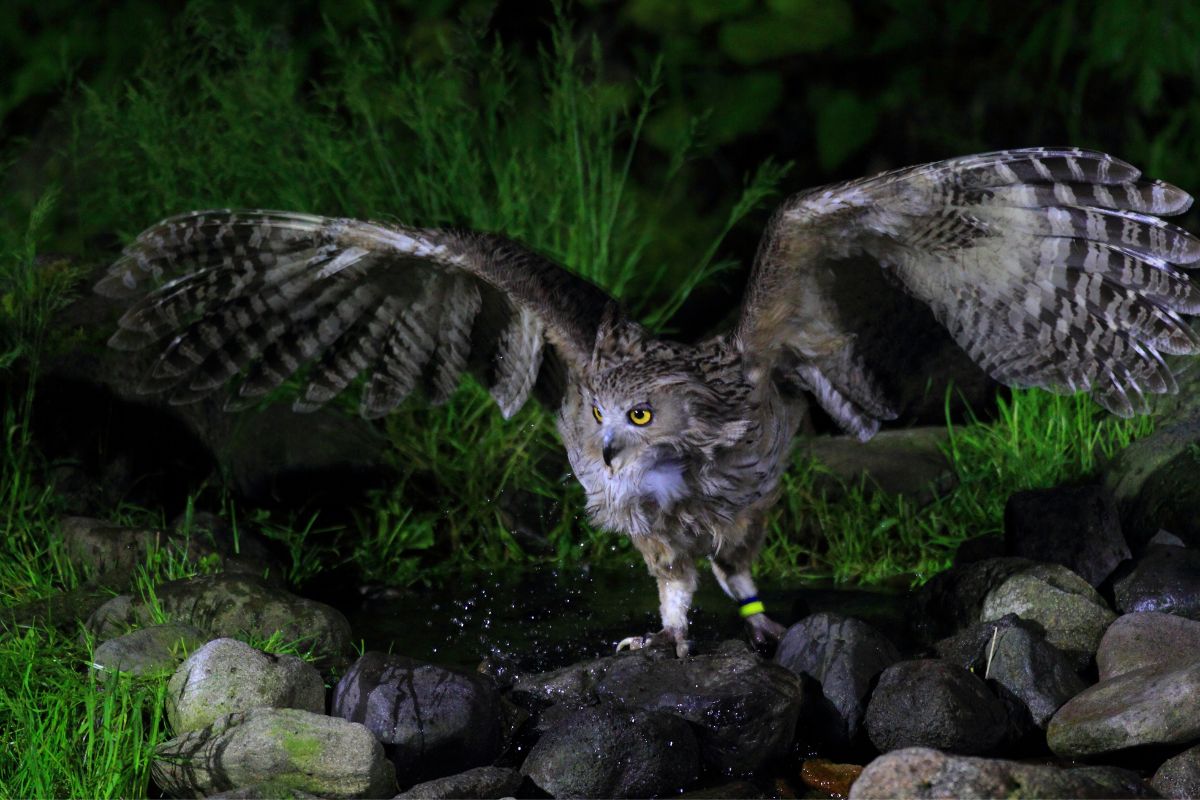
If you’re a fan of birds, you will be fascinated by his species of owl. It is one of the largest species of owl in the world and holds a special place in Japanese culture.
Specifically, the Ainu people of Hokkaido worshiped this species and believed it protected them.
While this owl is rare, it can be spotted. We recommend visiting Rausu, situated on the Shiretoko Peninsula.
If you’re patient and pick the perfect stream-side location, you’ll likely spot this species feeding at night.
10. Red Crowned Crane
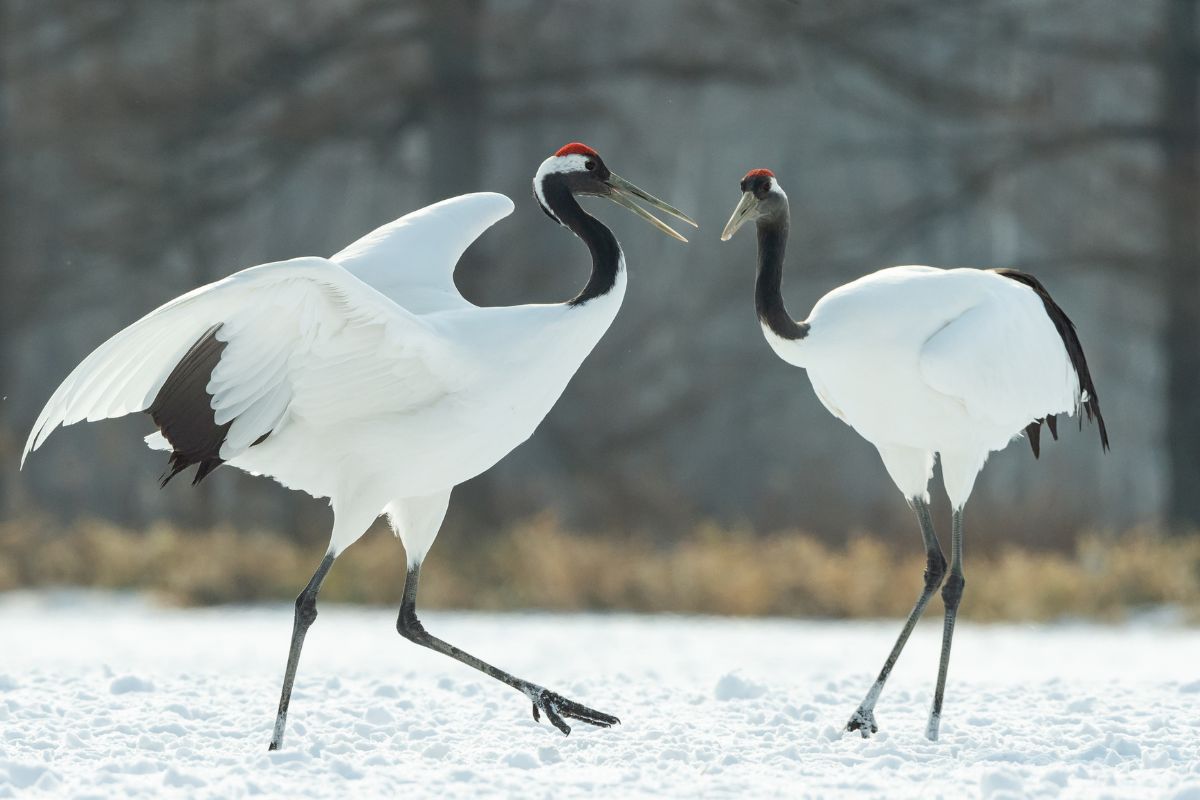
This species of bird has an average size of 1.6 meters, a wingspan of around 2.5 meters, and a very distinctive appearance.
As the name suggests, this species can be distinguished by a bright red spot on the top of the head.
The red-crowned crane is actually a notable icon in Japanese wildlife. Thanks to excessive hunting, the species was very close to extinction.
However, thanks to excellent efforts in conversation, the population is now healthy and continuing to recover.
11. Shika Deer
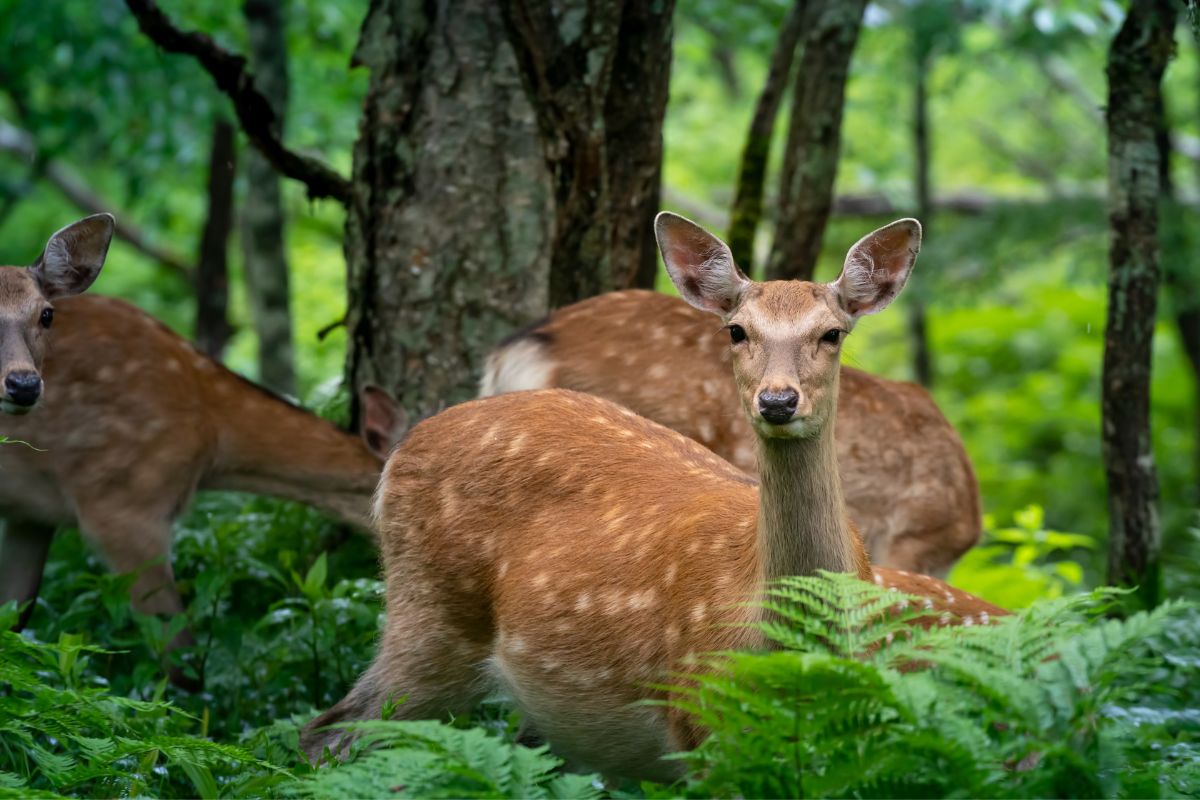
Once upon a time, deer were found all over Japan. However, they are now most frequently found in small, mountainous villages.
Interestingly, the population of deer in Japan is now increasing significantly, so many Japanese restaurants now serve venison to compensate.
If you can’t get enough of these majestic animals, you will be pleased to know that you can meet a deer in Japan up close.
We recommend that you visit Nara prefecture. The deer in this area aren’t scared to come and say hello!
12. Japanese Serow
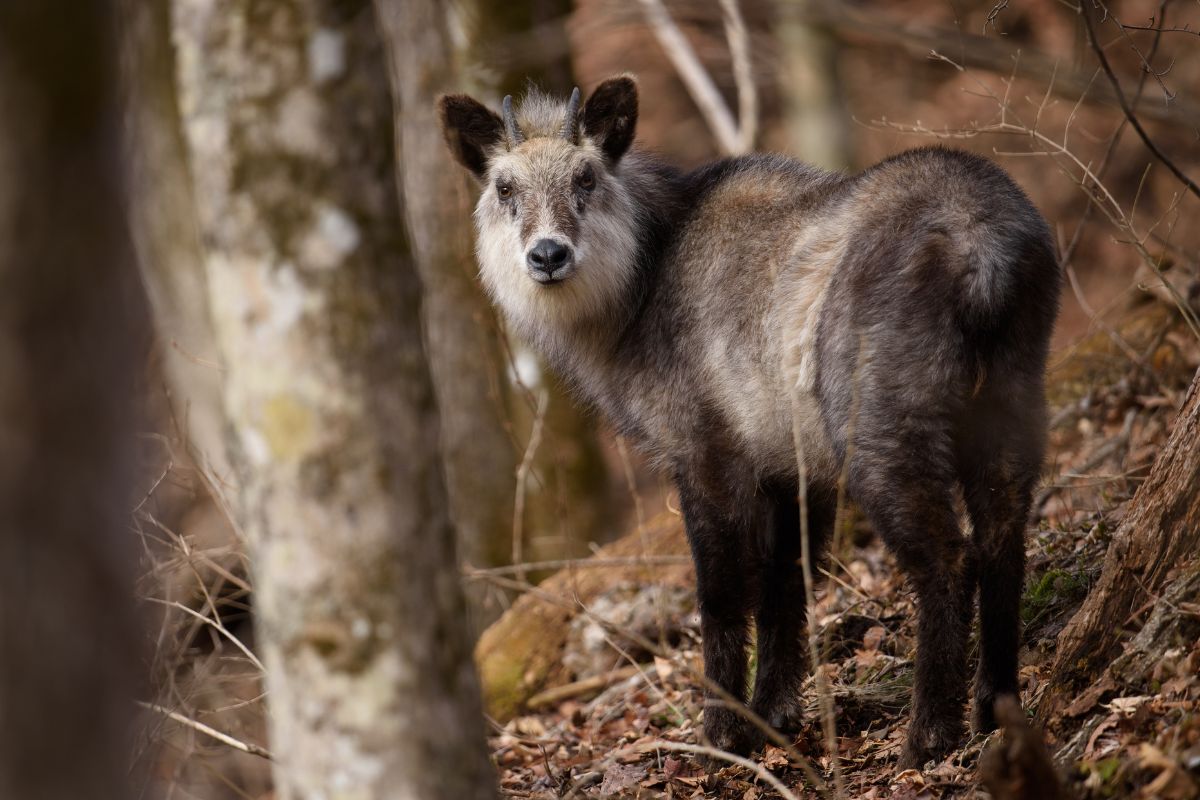
We wouldn’t finish this list without discussing the Japanese Serow. This species is the national symbol of Japan and is associated with good luck.
In turn, Japanese students sometimes buy serow charms during exam season.
The Japanese serow has a particularly interesting history. In the 20th century, the serow was hunted so severely that it nearly became extinct.
However, thanks to a 1955 law, the serow is now considered a protected species and a national monument.
Conclusion
Japan is home to some incredible animals. In fact, this list is just a small snippet of the wonderful wildlife of Japan.
We hope that this article has sparked your interest in this ecologically diverse and interesting country.
Remember to be respectful if you visit any of the natural habitats of the animals listed above – you are in their home.
- 16 Best Websites To Watch Japanese Movies With English Subtitles - May 11, 2023
- Is ZIPAIR The Best Airline For Traveling To Japan? - May 11, 2023
- Ryu Murakami Vs Haruki Murakami – Which One Should You Read? - May 11, 2023




![20 Best Japanese Directors [And Their Most Famous Movies] 20 Best Japanese Directors [And Their Most Famous Movies]](https://justaboutjapan.com/wp-content/uploads/2023/05/20-Best-Japanese-Directors-And-Their-Most-Famous-Movies-150x150.jpg)



